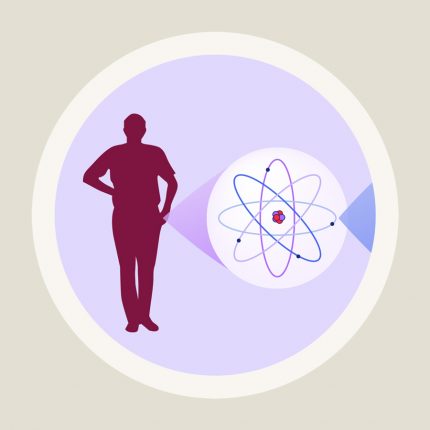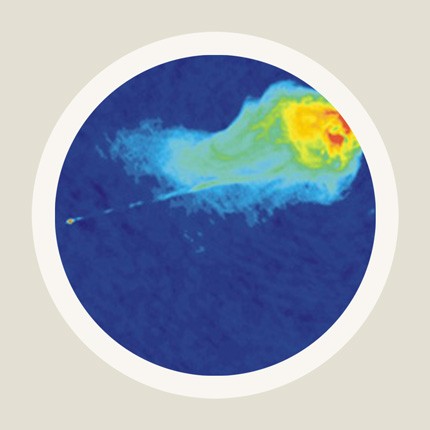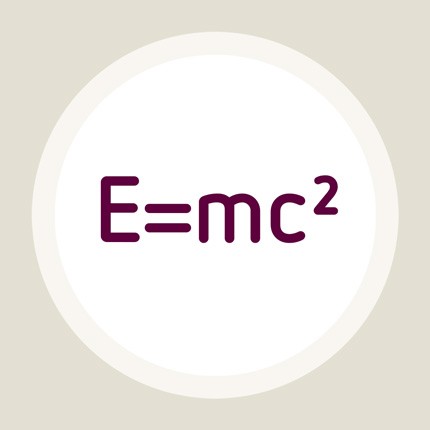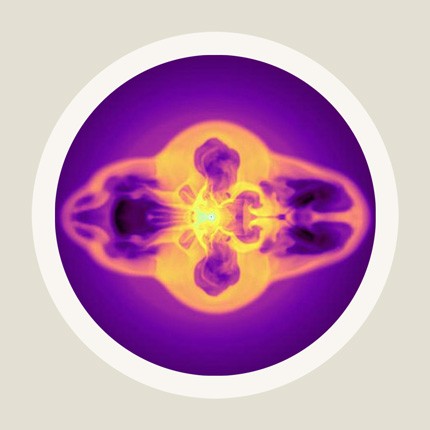Relativity and the Quantum / Elementary Tour part 3: The need for quantum gravity
So far in the pages of Elementary Einstein, we have encountered two examples in which the limits of general relativity were reached. Both cases involved space-time-singularities. The first example lurked in the interior of a black hole. As briefly described ...
Relativity and the Quantum / Elementary Tour part 2: Evaporating black holes?
Can the concepts of relativistic quantum field theory be carried over to curved spacetimes, which include gravitational sources and are described by general relativity? The answer is a cautious "yes". The most notable step in this direction was taken by the ...
Cosmology / Elementary Tour part 5: Dark matter and dark energy
While the predictive power of the big bang models is impressive, they also show us what we don't know about the universe. Not only about the distant past, as detailed on the previous page, but also about the present universe: If you look around, all material ...
Black holes & Co. / Elementary tour part 3: Supermassive black holes
Soon after the beginning of radio astronomy came the discoveries of ever more variants of active galactic nuclei. An example is shown below: The image illustrates radio observations, showing a "radio galaxy" (the tiny dot in the center) which shoots beams ...
Black holes & Co. / Elementary tour part 2: Black holes
When even more massive stars explode in a supernova, the collapsing central region will generically have so much mass that even neutron matter cannot halt the collapse. The collapse continues, and when this happens, a black hole is born (more precisely: a ...
Gravitational waves / Elementary tour part 4: Hunting for waves
The hunt for gravitational waves is one of the greatest adventures of modern physics. Worldwide, hundreds of scientists using cutting-edge technology are working toward a common goal: to detect gravitational waves, and in a second step, to open up the field ...
Special relativity / Elementary Tour part 6: E=mc²
Now that the new features of space and time are sufficiently explored, it's time to examine how this affects the way objects move, either freely or when influenced by forces. In other words: How does relativistic mechanics work? This question has led to the ...
Gravitational waves / Elementary tour part 3: Gravitational wave astronomy
Every single atom can radiate and absorb electromagnetic waves. The light reaching us from astronomical sources is a hodgepodge of little snippets of radiation, each snippet produced by one of the object's myriads of atoms. That's good news and bad news. ...













